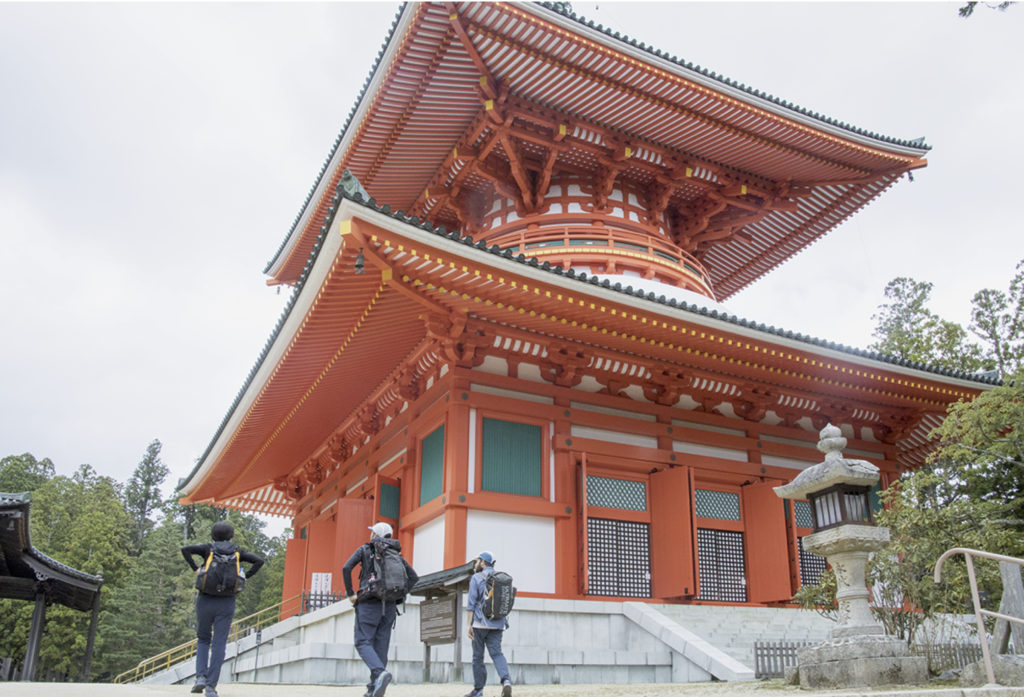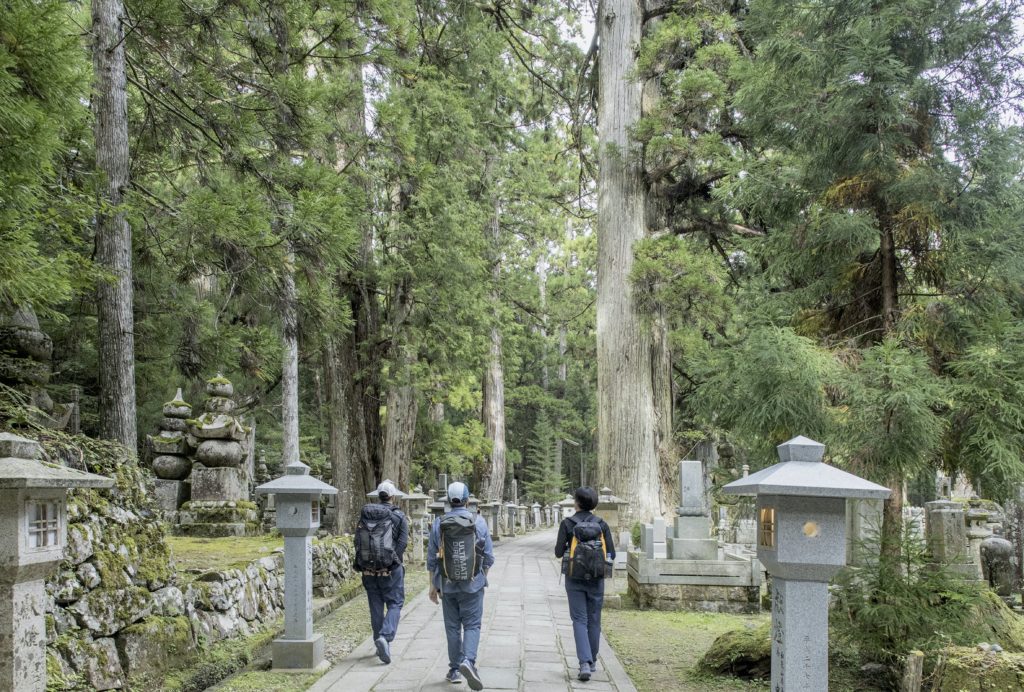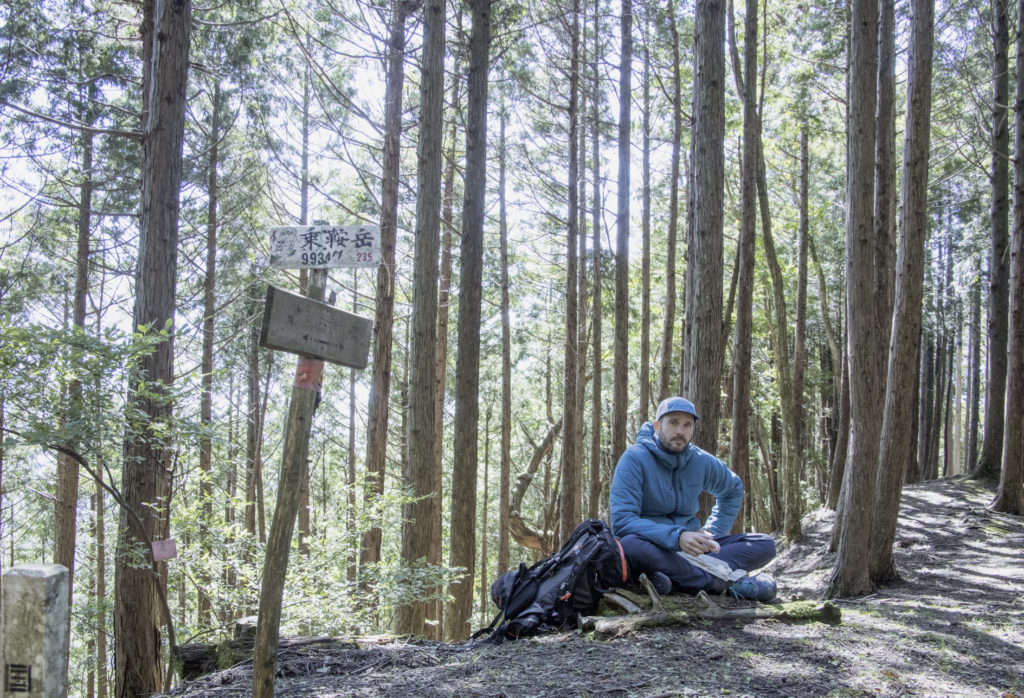
Kobo Daishi, known during his life as Kukai, who lived from 774 to 835 during the Heian Period, founded the Shingon School of Japanese Buddhism and made significant contributions in such diverse fields as social welfare, language, music, wood carving, civil engineering and architecture. While his youthful desire to learn, explore, question and change led to his becoming an intellectual giant in Japanese history, he is revered today for the 88-temple, 1,200 km pilgrimage on the island of Shikoku. We journeyed 55 km on the Kobo-Daishi Road to contemplate and trace a portion of Kobo Daishi’s life and history, for it is along this road that he found himself and laid the foundations for what is now one of the most well-known, sacred and esoteric Buddhist sites in Japan: Koyasan.
Born in Zuntsuji City, Kagawa Prefecture at the end of the Nara Period (774), Kukai was quickly identified as a boy with much potential. With the help of his uncle, he learned to write Chinese kanji and read poetry at a young age. At 15, making his way to Kyoto to begin his academic studies, his education took a profound turn when he, being the child of aristocracy, witnessed the unfair disparity between rich and poor.As a result, he discontinued his formal studies, went to China to study tantric Buddhism, and returned to Japan in 806, now age 30, an enlightened monk who began work in 816 on the creation of Koyasan as a place to center his philosophy.
In the collection of poems called “Seireishu,” Kukai describes his walk through Kobo Daishi Road to find Mt. Koya. “I walked one day south and two days west from Mt.Yoshino to Mt.Koya. He also made the trip with his dog several times as well. Today, Kobo Trail continues to be used frequently for events such as the Kobo Trail Run.
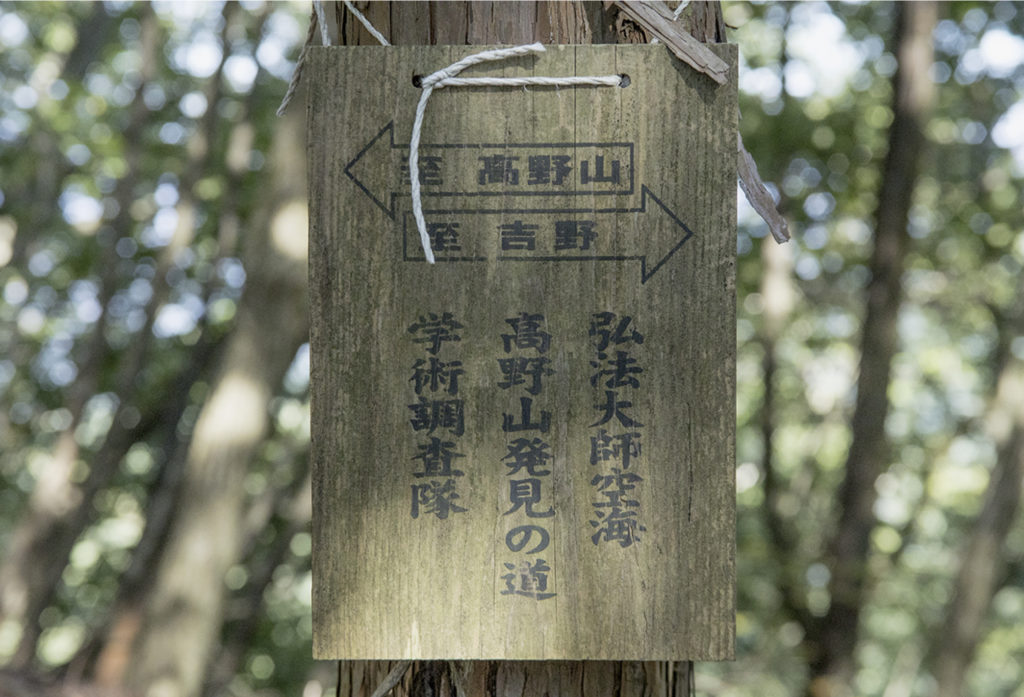
PAPERSKY began the trek early, beginning at Mt. Yoshino where the starting point of Kobo Daishi no Michi (The Road of Kobo Daishi) is centered. Joining the trip was Pascal, a French cyclist who has completed the Japanese Odyssey, a long-distance ride of more than 2,000 km.
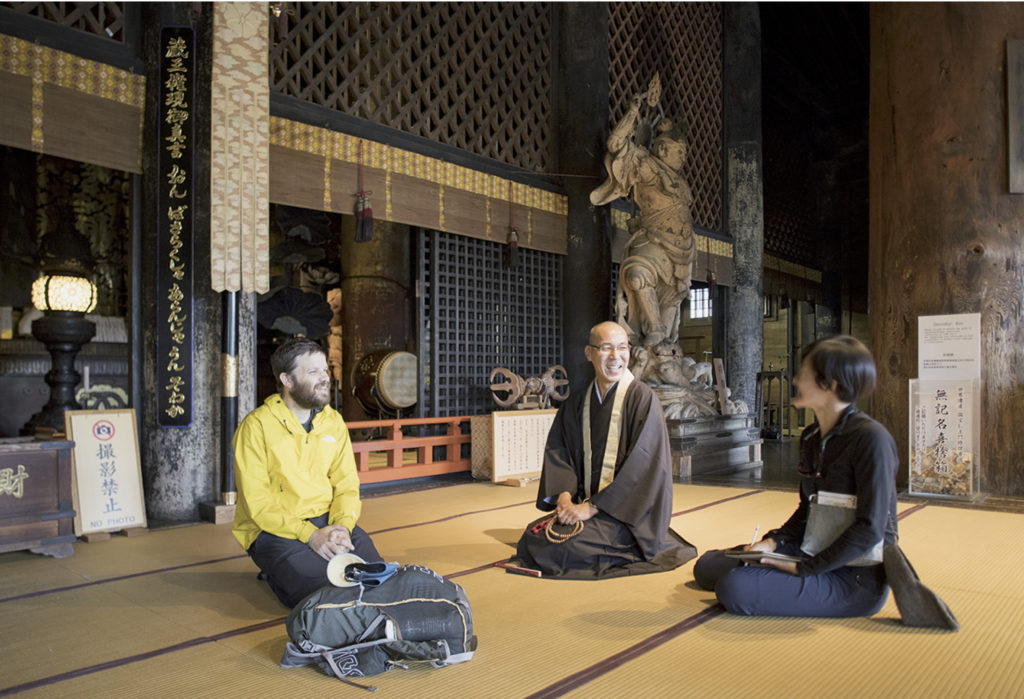
After paying a visit to monk Harunori Washizu and visiting the site of the origin of Shugendo “Zao-do,” we went on our way along the route. With Yoshino’s special persimmons and sushi in hand, we hiked through the mountain paths from Kimnime Shrine to Omine.
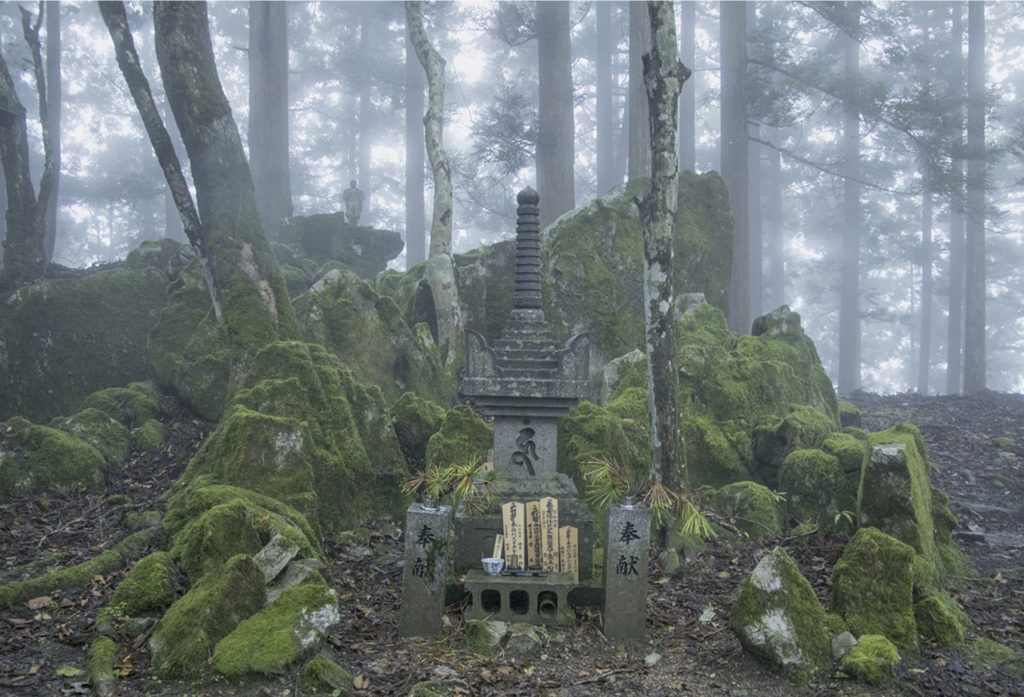
Hiking through the steep Omine Mountain Range, Mr. Washizu stressed the importance of maintenance: “There are people who maintain this place, the people who pioneered the path. The people who come here appreciate the immensity of nature.” The trail oscillates up and down: up Mt. Shisaku-iwa, down again, then up to Mt. Kobo Daishi no Michi. The ups and downs are repetitive and there is virtually no long periods of level walking. Rain began to beat down on us so hard that we sought shelter. Miraculously, we found Ashizuri, donated by a lecturer for visitors of Mt. Omine, where we waited for the storm to pass.
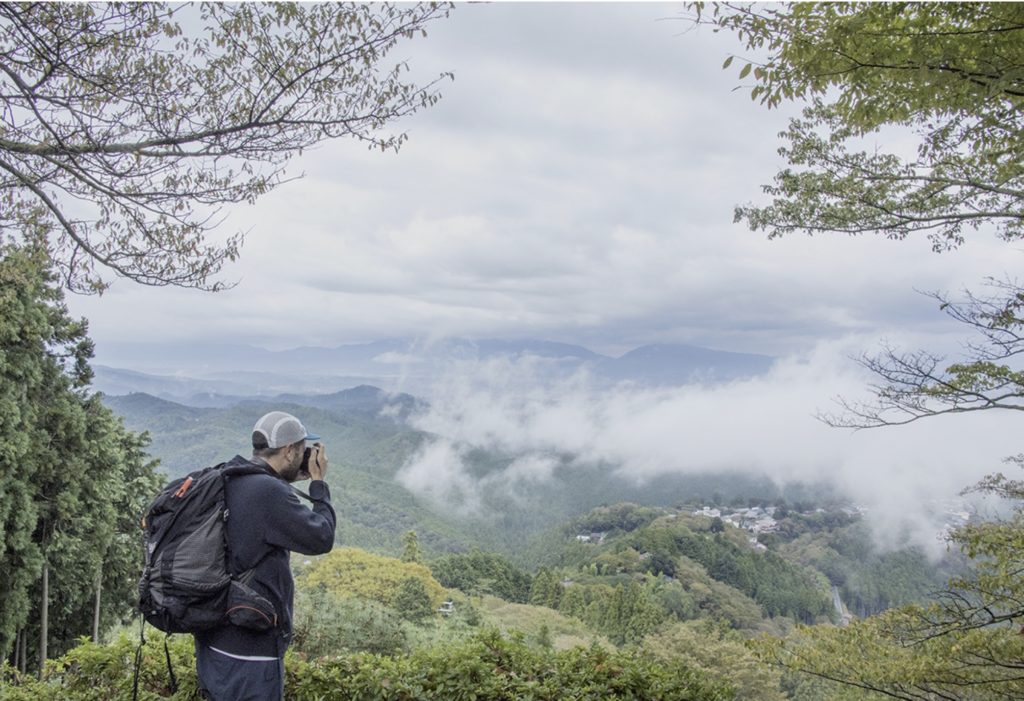
As the rain lightened, we used a chain to climb the slippery rocks up to the summit of Mt. Otenjo. While thick cloud cover deprived us of a view, it was nonetheless a wonderful trail. Afterwards, we followed the sign leading to Kobo Daishi no Michi and walked on carefully, descending along Konan Pass. Here we stayed in a hot spring close to sacred sites like the Ryusenji Temple and Tenkawa Daibeb Zaitenshi. With traditional Japanese shops lining the streets, this expedition definitely pleased our visitor Pascal.
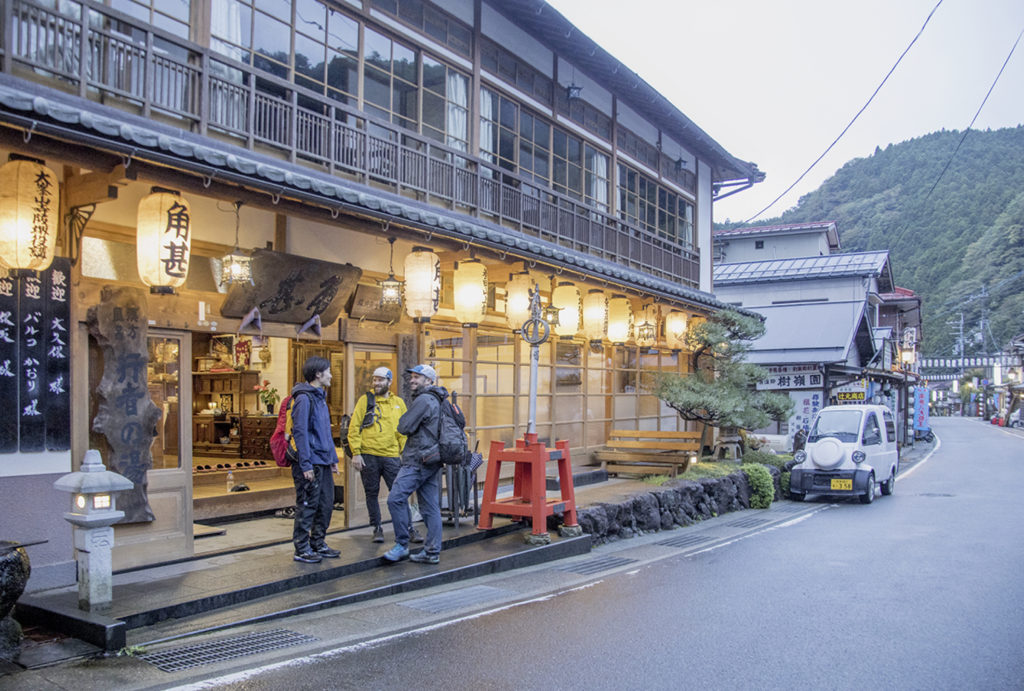
Jinshiro Tsunoya, the 13th-generation owner of Hatago “Kadojin”, explained to us how the area has changed throughout the years. “Mt. Omine has been a renowned place for centuries, even before the age of Kobo Daishi. Back then, only those of noble class and aristocrats could pass through. Now people visit in groups of family members, friends, or company employees. They walk in the mountains, experiencing and experience their magic. Ever since, Mt. Omine has been a very busy mountain.”
A place 330 years old such as Kadojin has appeared in many tales over the centuries. In 1804, Lord Kii Yatsushiro of Tokugawa Shigenori was seen visiting Omine. Here there is a precipice where you can hang upside down from the top of a ledge and worship the rockwall spanning 100’s of feet below you.
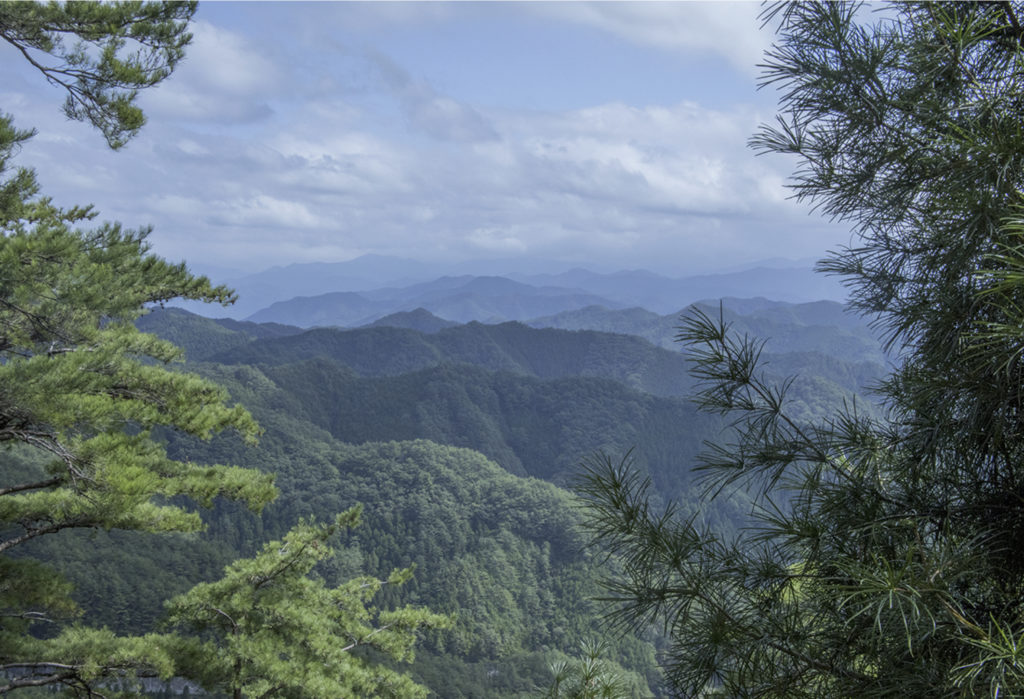
The following day, we were greeted with good weather. We left through Shonan’s Pass and made our way to Amatsuji Pass. As the roads start to lose color and the sun peeks from the leaves of the old trees, I felt as though I was beginning to be immersed in a mountain walk. At Mt. Norikura, we took a break and had the persimmon and sushi, enjoying the surprisingly well-flavored food we brought.
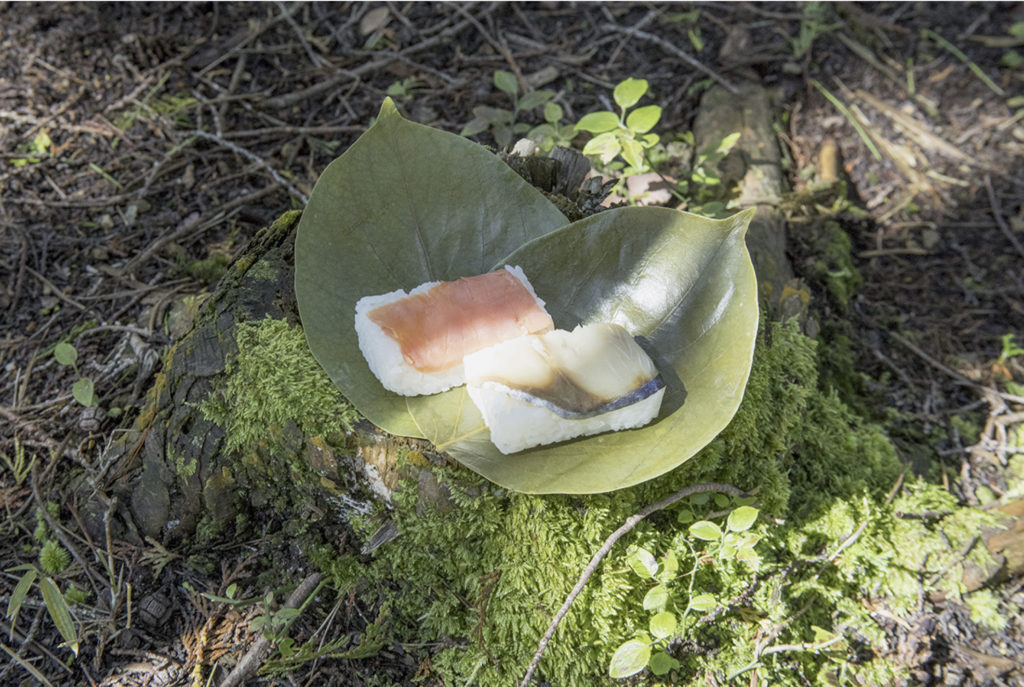

Our goal on the third day was to reach Koyasan. We trekked 13 km from Amatsuji Pass to Tengugi Pass. “The road brings people and things together: it connects people with people, land with land, and culture with culture, ” said Mr. Washusu. Both Pascal and I sensed the special sacredness surrounding the mountains even though we both were used to trekking in Japan. This made our experience even more special.
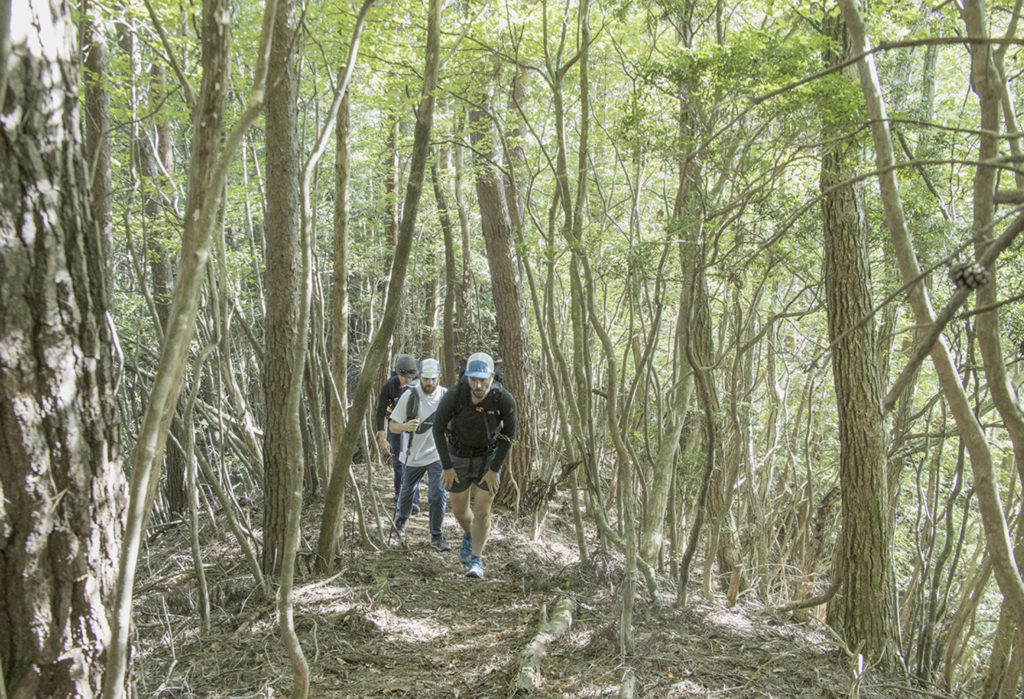
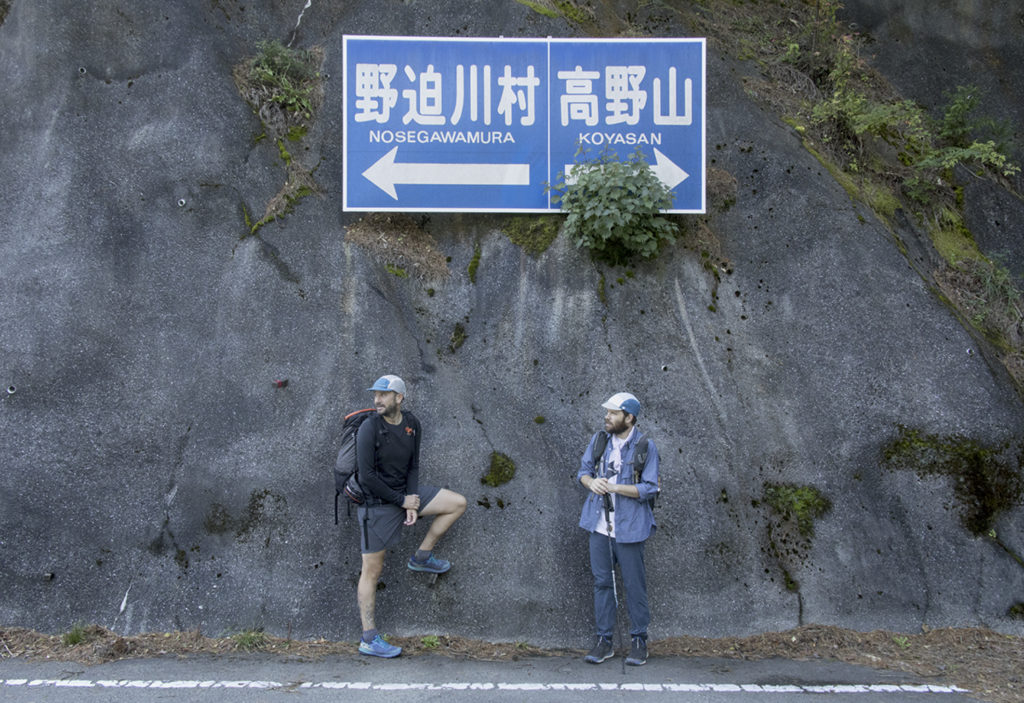
Practicing Buddhism may come with living in raw and extreme environments, but the feeling one gets when walking through a peaceful mountain path is indescribable. Even though we trekked instead of practicing asceticism, it was a worthwhile experience. Maybe, just maybe, this feeling of connecting one’s self with nature is what Kukai wanted to show the world.
